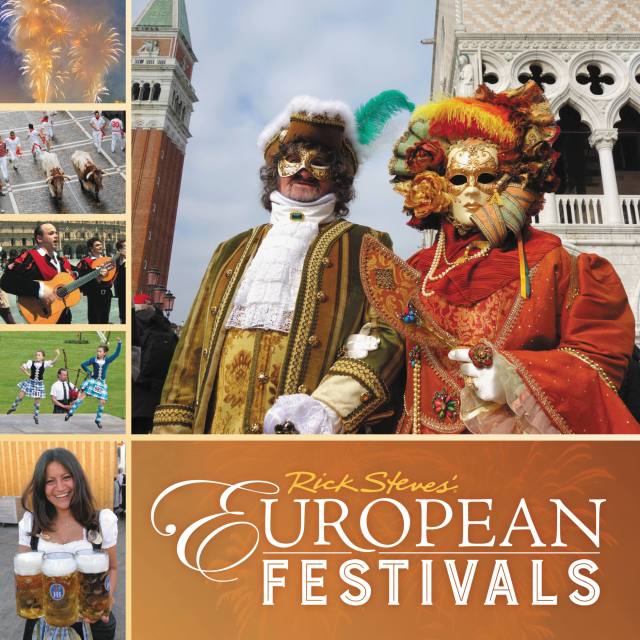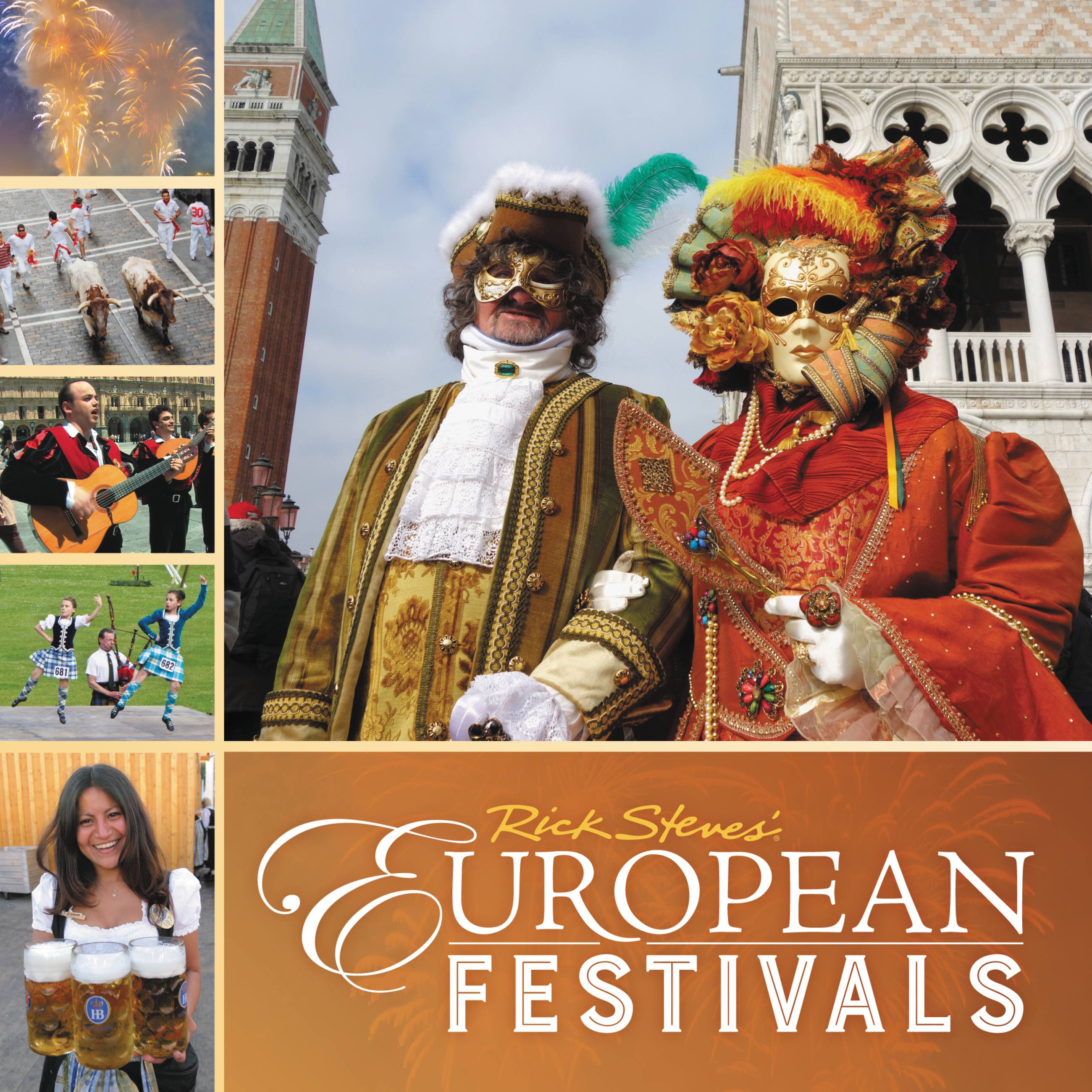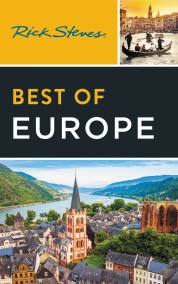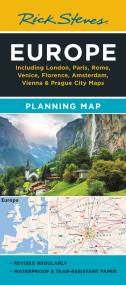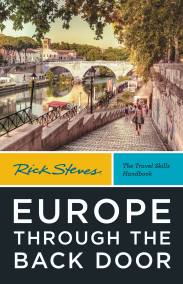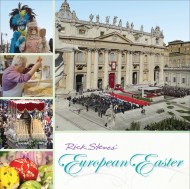Promotion
Use code BEST25 for 25% off storewide. Make sure to order by 11:59am, 12/12 for holiday delivery!
By clicking “Accept,” you agree to the use of cookies and similar technologies on your device as set forth in our Cookie Policy and our Privacy Policy. Please note that certain cookies are essential for this website to function properly and do not require user consent to be deployed.
Rick Steves European Festivals
Contributors
By Rick Steves
Formats and Prices
- On Sale
- Nov 14, 2017
- Page Count
- 248 pages
- Publisher
- Rick Steves
- ISBN-13
- 9781631217999
Price
$14.99Price
$19.49 CADFormat
Format:
- Trade Paperback $14.99 $19.49 CAD
- ebook $9.99 $12.99 CAD
This item is a preorder. Your payment method will be charged immediately, and the product is expected to ship on or around November 14, 2017. This date is subject to change due to shipping delays beyond our control.
Buy from Other Retailers:
There will be no museums! And no art galleries! Just Europeans having lots of fun. Across Europe, festival traditions go back centuries and are filled with time honored pageantry and ritual. Entire communities hurl themselves with abandon into the craziness. We’ll careen all over Europe: the Palio horse races in Siena, the Highland games near Edinburgh, the colorful masquerade of Carnival in Venice, Slovenia, and Luzern, Easter festivities in Andalucía, Tuscany, and Greece, the springtime April Fair in Sevilla, Bastille Day in Paris, the Running of the Bulls in Pamplona, Oktoberfest in Munich, and Christmas markets and traditions in Nurnberg and Switzerland.
With fascinating insights, rich history, and vivid photos, this great gift book captures the spirit of Europe’s rich and fun-loving heritage. Hang on to your party hats!
Newsletter Signup
By clicking ‘Sign Up,’ I acknowledge that I have read and agree to Hachette Book Group’s Privacy Policy and Terms of Use
